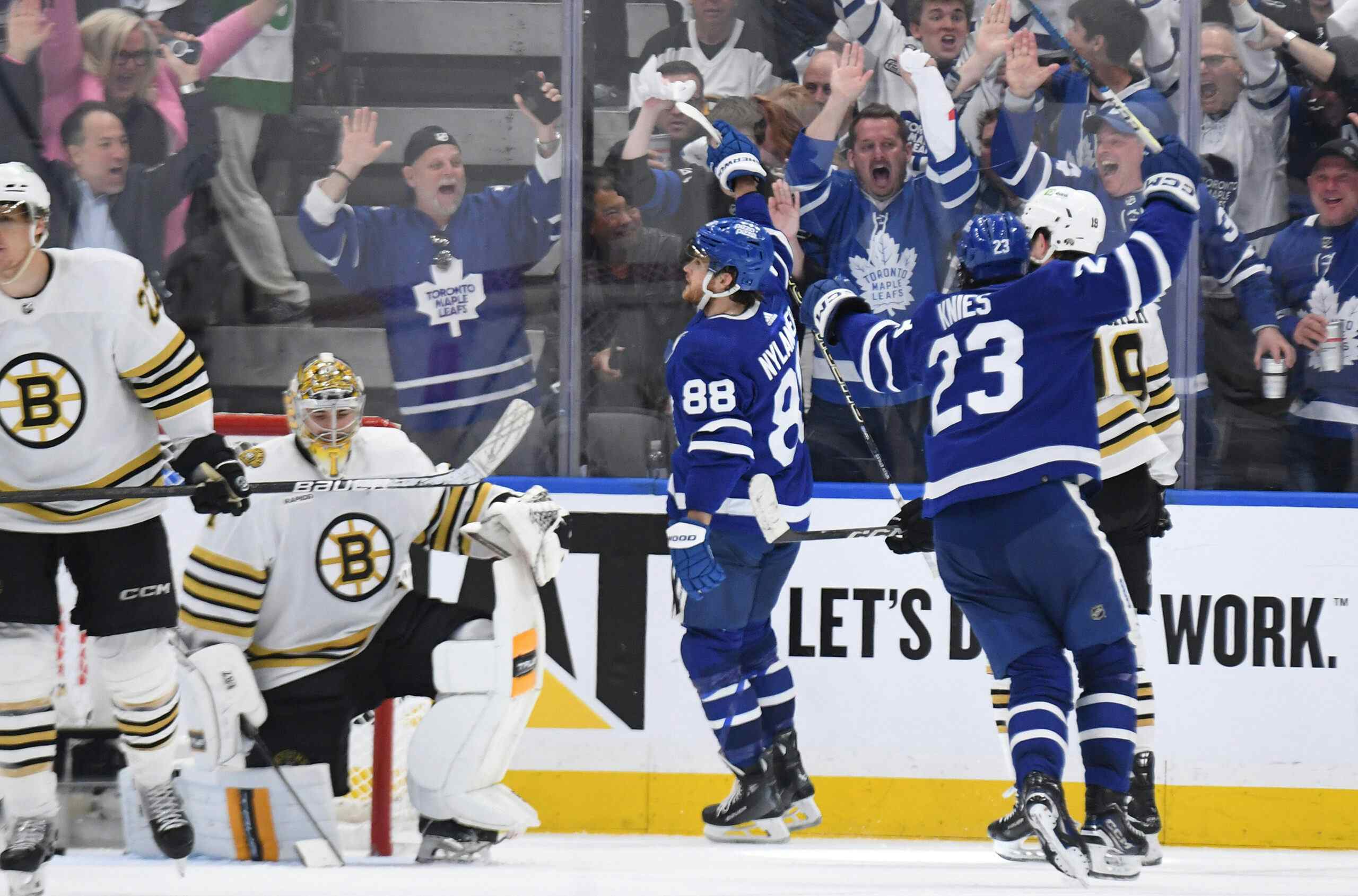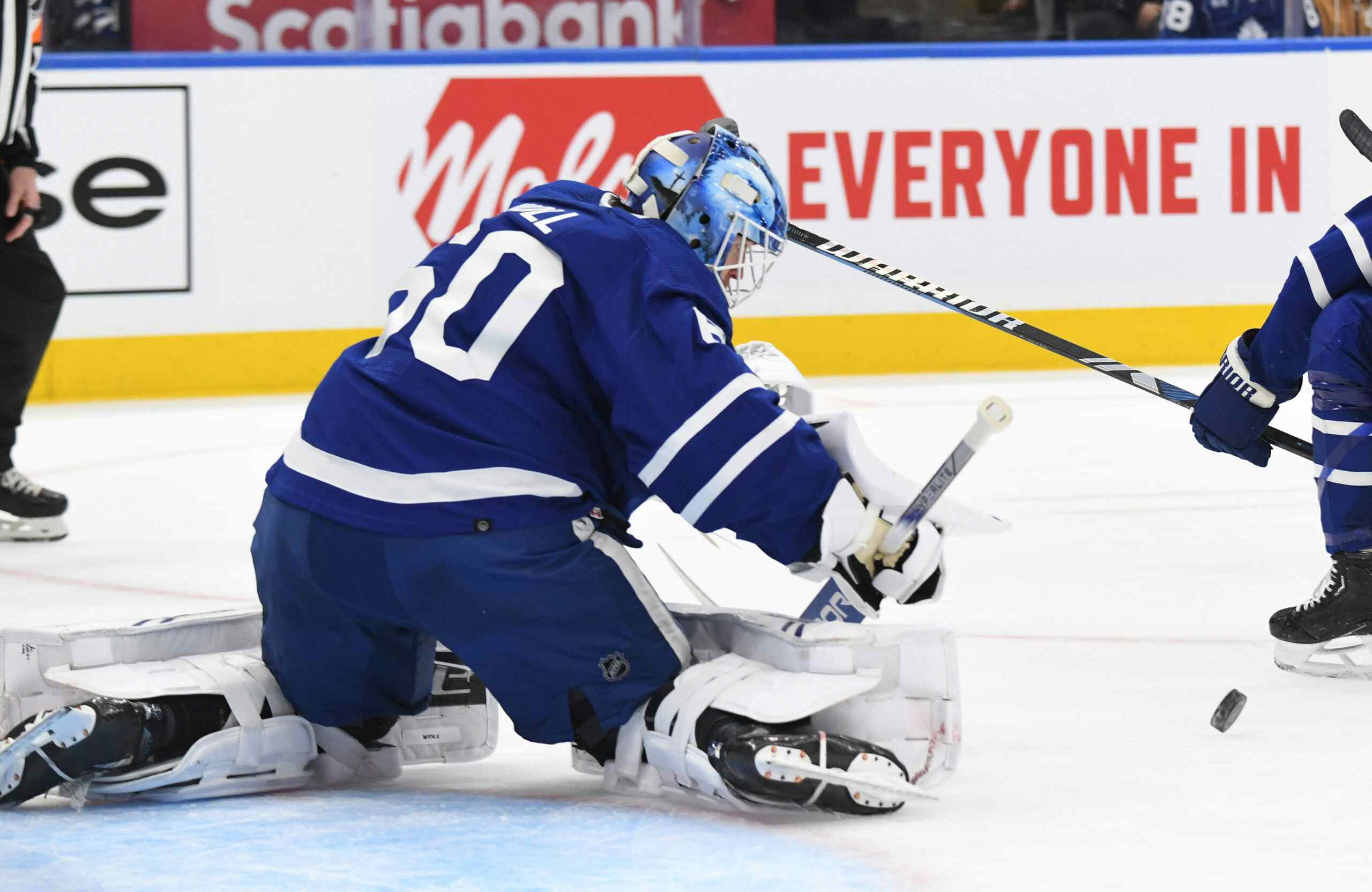One Small Mistake Isn’t A Big Deal. Several Small Mistakes Can Be.
One common refrain among hockey fans is that there’s no need to worry about overpaying players, as long as you don’t overpay them by too much. It’s the big mistakes that ruin a team, according to this line of thinking, things like signing David Clarkson to a nearly $37 million contract. Smaller mistakes, then, aren’t worth fretting about, so long as you don’t make any major blunders alongside them.
There is a level on which this sentiment is true. Overpaying a single player by, say, $1M a year isn’t going to be the difference between missing the playoffs and winning the Stanley Cup. No team, after all, is perfectly efficient in how they use their salary cap space. If a hockey team slightly overpays one player and never squanders money elsewhere in the lineup, there’s not much to worry about.
The problem is that teams almost never make one mistake and then stop. Overpayments and wasted money will typically show up in a number of places in terms of how teams allocate their salary cap room, and over time those overpayments do add up, and they can cause real problems. Let’s take a look at some of the ways that the Leafs are currently using their cap space as a demonstration.
Mistakes Pile Up
Last week Matt Martin signed a contract with a $2.5M cap hit. I think there’s general agreement that $2.5M is more than you want to pay a 4th liner, but perhaps not that much more. Maybe Matt Martin’s actual value is something like $1.5M. OK, so that’s less than what he’s actually being paid, but whatever, who cares about 1.4% of the salary cap?
The Leafs also signed Roman Polak to a $2.25M contract. $2.25M is definitely more than you want to pay Roman Polak, but for the sake of argument let’s say that he’s worth having around, but also maybe overpaid by about $1M. Add that up with Martin and you’re at $2M wasted, about 3% of the team’s salary cap space.
Those are the contracts signed so far this summer, but cap issues typically carry over from year-to-year. One example for the Leafs is the Tim Gleason buy-out. Gleason’s buy-out adds $1.33M more to this year’s salary cap. When the buy-out happened people said, “Who cares, $1.33M is barely anything, it won’t hurt us.” Let’s add that into the other wasted spending: $3.33M, 4.6% of the cap.
There’s more dead cap space for the Leafs. The retained salary on Phil Kessel’s contract is $1.2M. Again, not really that much money, not going to cause huge problems. Including it in our tally, we’re now at $4.53M, 6.2% of the salary cap.
We have one last thing to add in, and that’s the bonus overage that’s applied to this season’s salary cap. According to NHLNumbers, that’s a hair shy of $500,000. $500K is almost nothing in relation to a $73M salary cap, but it’s a bit of evidence that if you’re not careful in one season it can cause problems down the line. We’ll put the bonus overage in our running total, and rounding down a little bit gets us to a nice even $5M, 7% of the salary cap.
Now we’re starting to see why these things matter. Nothing that I’ve listed so far is a particularly big issue on its own. All of those cap hits are manageable on their own. You could probably find reasons to argue in favour of any of them at the time. And yet in aggregate, it starts to become clear that the effect on the salary cap can matter. $5M isn’t nothing. $5M is the cost of a pretty good player.
The Leafs biggest need right now is on defence. If you look at free agency from the past few seasons, you’ll see that $5M is a reasonable estimate for how much it costs to add a good top 4 defenceman to a team. Jason Demers, the best UFA defenceman who was available this summer, signed with Florida for a $4.5M cap hit. Two years ago Anton Stralman was the best available defenceman, and he signed for the same amount.
None of the mistakes I listed above, when looked at on its own, seems to do much damage to the Leafs salary cap situation. But when you add them all up, they’re costing you the ability to add Anton Stralman to your roster. And this remains true even if you already have enough space to sign Anton Stralman; in that case, the lost space is preventing you from adding another player that good alongside the one you can still afford.
It’s Worse Than That
But I’m actually understating the situation for the Leafs right now, and here’s why:
There are only 23 roster spots on a team. If you were to use the $5M in cap space on a new player, you’d have to get rid of one of the players already taking up a roster spot. So if, for example, we’re adding a new defenceman, that means there’s no need to have signed Roman Polak. To account for that, we need to add the rest of Roman Polak’s salary into our pool. Now we’re at $6.25M in extra cap space, 8.6% of the salary cap ceiling.
That’s a lot of money, clearly enough to make a pretty significant upgrade to a team, but we might not be done yet.
Two years ago the Leafs signed Stephane Robidas to a three-year contract with a $3M cap hit. At the time it was said that the Leafs needed Robidas to provide a stabilising veteran presence to the team, someone who could teach the kids how to be a good pro. Basically the same kind of reason the team added Martin and Polak. As we now know (and as some of us predicted at the time), the contract has turned out to be a mistake. The team was so determined not to play Robidas last season that they paid him $3M to stay home.
Many people believe that Robidas was placed on long-term injured reserve last season, but that’s not accurate. Robidas was on regular IR, but never LTIR, which means that the Leafs were not able to use the extra cap space temporarily afforded by LTIR. Leafs fans widely believe that Robidas could be placed on LTIR this season if the Leafs need it, but it’s not entirely clear if that’s true.
In the collective bargaining agreement between the NHLPA and the NHL, the league retains the right to challenge any attempt by teams to place a player on LTIR. Here’s the relevant section (emphasis added):
In the event that a Player on a Club becomes unfit to play (i.e., is injured, ill or disabled and unable to perform his duties as a hockey Player) such that the Club’s physician believes, in his or her opinion, that the Player, owing to either an injury or an illness, will be unfit to play for at least (i) twenty-four (24) calendar days and (ii) ten (10) NHL Regular Season games, and such Club desires to replace such Player, the Club may add an additional Player or Players to its Active Roster, and the replacement Player Salary and Bonuses of such additional Player(s) may increase the Club’s Averaged Club Salary to an amount up to and exceeding the Upper Limit, solely as, and to the extent and for the duration, set forth below. If, however, the League wishes to challenge the determination of a Club physician that a Player is unfit to play for purposes of the Bona-Fide Long-Term Injury/Illness Exception, the League and the NHLPA shall promptly confer and jointly select a neutral physician, who shall review the Club physician’s determination regarding the Player’s fitness to play.
We just don’t know if the NHL would actually let the Leafs place Robidas on LTIR. I think there’s a reasonable possibility that they would attempt to block the move. It’s not clear what injury Robidas has, or if he even has any at all, and it seems quite possible that a neutral doctor working for the league would deem Robidas fit to play.
This is a worst-case scenario, but it’s a plausible one, so we need to consider it. Adding Robidas’s $3M cap hit into our running tally gets us up to $9.25M in wasted cap space. We’re now approaching 13% of the salary cap sitting around, unusable for improving the team. Regardless of how anyone feels about any one particular move or another, I hope that we can all agree that tying up 13% of your salary cap in ways that do not improve the roster is going to hurt any team’s ability to be competitive.
The Future
Some people will argue that we should not be too concerned since these inefficiencies are mostly not long-term. The bonus overage disappears next season (though it will likely be replaced by a bigger one), Robidas and Polak are off the books in a year, and Gleason’s buy-out is gone one year later. Further, those people will likely say that it’s not fair to hold mistakes made by Dave Nonis against the current management group.
There is some truth in both statements, but none of them really changes the conclusion. One problem with these kinds of mistakes is that they do persist. Even though Nonis is no longer the GM, the team is still paying for his mistakes. Which GM is responsible for them doesn’t change the fact that they contribute to the problem. Indeed, it’s partly the point: these issues don’t appear all at once, they build up over time.
As I’ve said previously, part of the problem with excusing these individual errors is the belief that they’re isolated. One small mistake doesn’t hurt a team that much on its own. The problem is that these issues typically compound. People will always wave away these issues at the time they crop up; for most of Dave Nonis’s tenure as GM we heard about how no one should sweat the small mistakes, even though it’s clear now that they’re adding up to bigger problems.
One of the primary reasons these problems persist is because of the mindset that you shouldn’t worry about them. A GM who doesn’t see anything wrong with slightly overpaying depth players is quite likely to continue to sign inefficient contracts. A GM who doesn’t see how the small mistakes add up is going to keep making them, and they’re going to keep compounding.
This is why the small overpayments, the small bits of wasted cap space here and there do matter. Once you get in the habit of them, they have a tendency to keep adding up. And when you wind up with $6.25M or more of cap space wasted on a bunch of little things, that becomes a big thing.
Recent articles from Drag Like Pull





